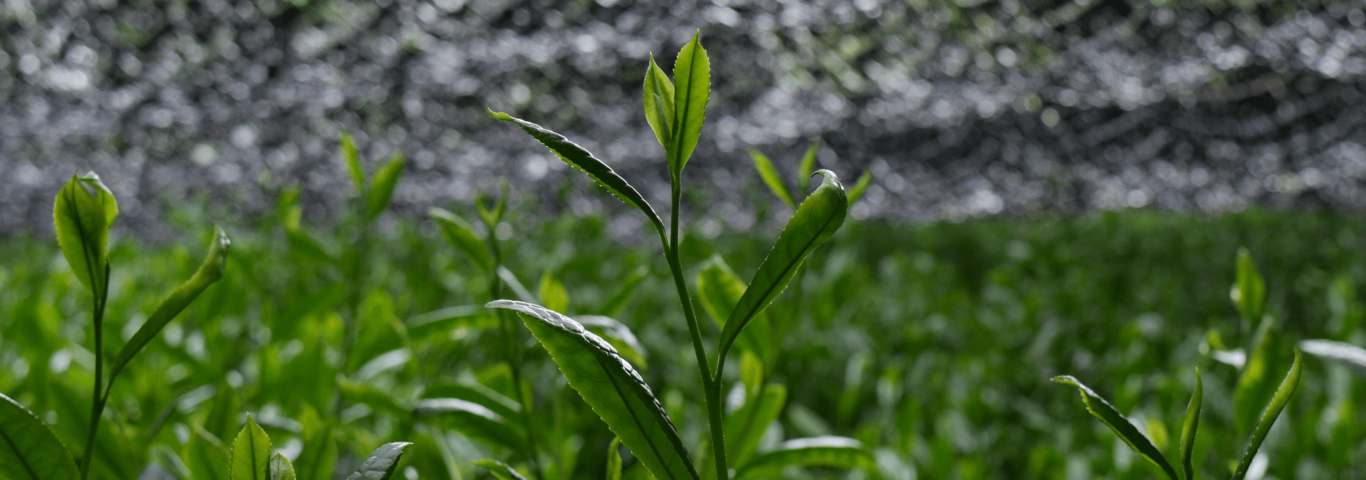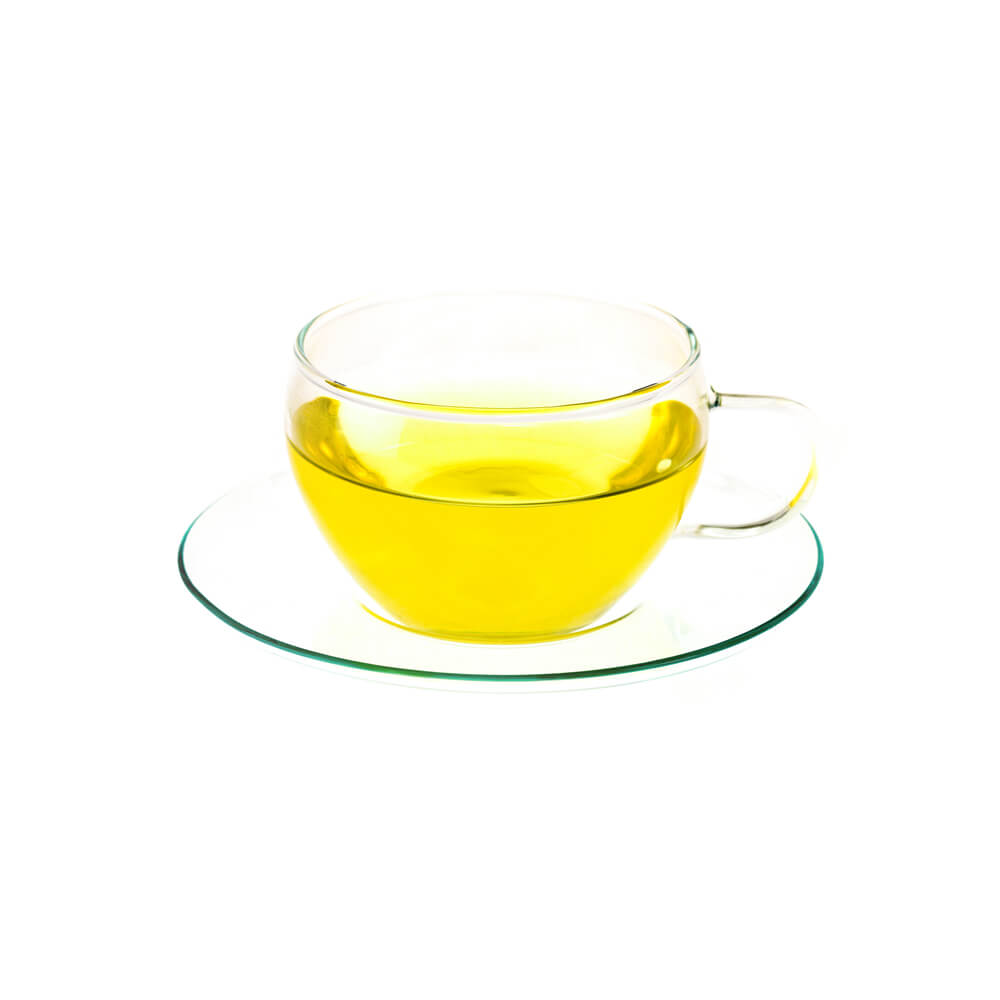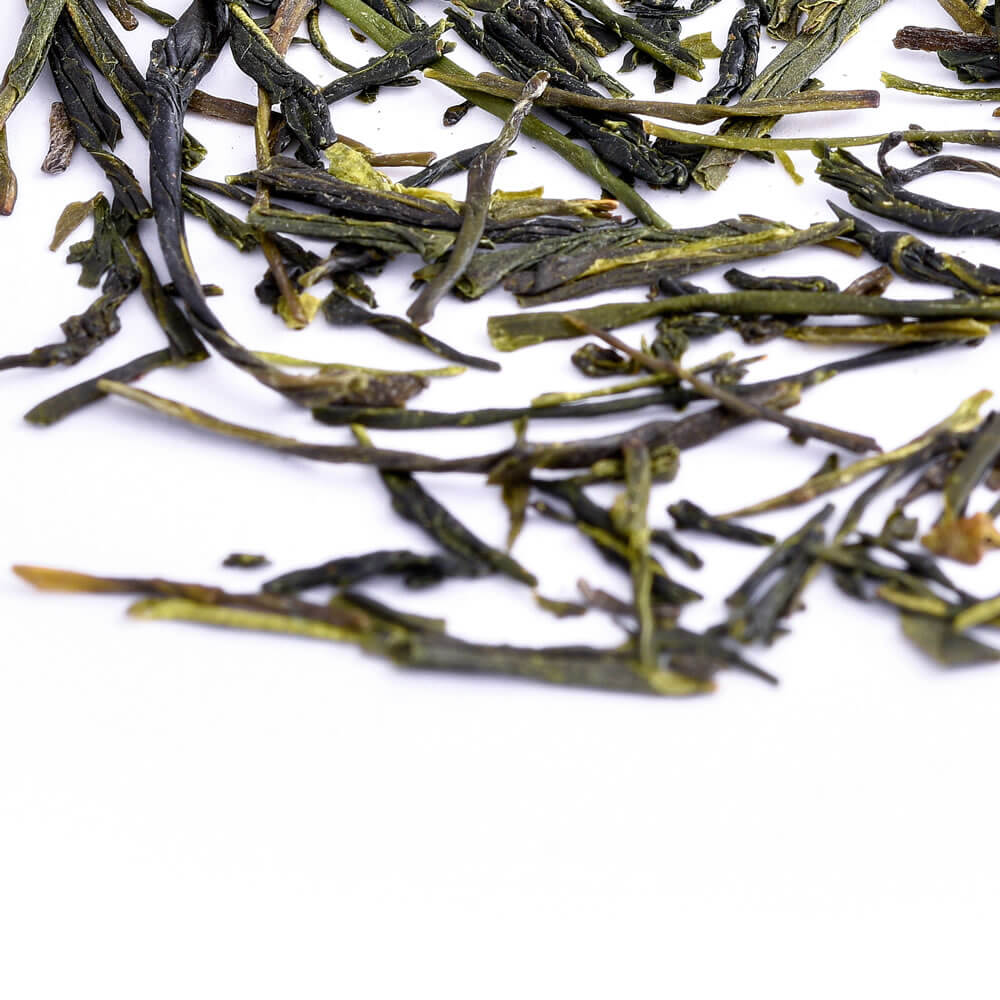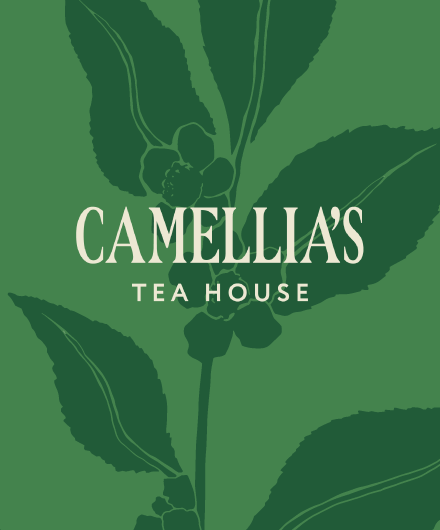The Art of Japanese Gyokuro Tea

Although its name translates to ‘Jade Dew’, in reference to the pale green colour of the cup, Japanese Gyokuro Tea is perhaps better known as ‘precious dew’ and it is a truly striking tea. Considered to be one of the rarer teas in the world, it is also Japan’s finest grade of tea and one that requires considerable skill, knowledge and patience to produce. Highly sought after not only by the Japanese, this beautiful green tea is also one of the most expensive teas in the world.

The history of Gyokuro teas
The history of Gyokuro dates back to the Edo period (1603-1868) and the region of Japan’s former capital, Kyoto. It was invented sometime in the 1830s, but as often is the case, there are many different origin stories. In fact, Gyokuro was most likely created through a group effort of producers and merchants, aimed to reinvigorate the dwindling interest in tea of the ruling warrior class (samurai), who were also the main consumers of tea at the time.
However, one of the more popular tales is that of a famous merchant from Edo (modern day Tokyo), Yamamoto Kahei, who travelled to Kyoto to purchase tea and unknowingly stumbled across a unique harvest. At the time, it was a common practice for the farmers to cover the tea bushes with straw in order to protect them from frost and cold. Around the time of Yamamoto’s travels, the winter had been particularly long and harsh, which in turn required more protection for the plants. Inadvertently, a fully shaded tea was created and when our merchant processed the leaves, he was quite astonished by the intensity of flavour and aroma. When he sold it back in Edo, people quickly fell in love with this new variety of tea. It did however take Yamaoto a little while to figure out that the secret to his ‘Jewel of Dew’ was in fact in the longer covering, or shading, of the tea bushes.
How is Gyokuro produced?
Shading is a uniquely Japanese cultivation technique used to this day in the production of three different types of green teas – Gyokuro, Kabusecha (or ‘shaded tea’) and particular tencha leaves, which are used in the production of higher grades of matcha (powdered tea).
This technique is all about carefully limiting the amount of sunlight that reaches the newly growing tea leaves, usually by erecting special canopies over the tea bushes. The result is a greener leaf (due to higher levels of chlorophyll) with less astringency (bitterness) and more umami (savoury) notes. It is also worth noting that the more umami a tea has, the higher grade it is considered to be in Japan.
Unlike many of the other types of green teas, Gyokuro is made from only one harvest in any given year, which takes place in late May or early June. The shading process is done in two consecutive stages for a total period about three weeks. The first stage traditionally starts when the new shoots are about 2 cm long and lasts about ten days, after which more straw is added to the canopies, further decreasing the amount of sunlight. This second stage lasts another eleven days, at the end of which the buds are carefully picked by hand, a rarity in a country that has converted nearly all of its tea plucking to machine harvesting.
The actual processing of the leaves is similar to other Japanese green teas, starting with a carefully controlled steaming to prevent oxidation of the leaves, and followed by the typical cycles of drying, rolling and shaping that are necessary to produce aracha (raw, unfished tea). The aracha is then sifted and sorted, resulting in different grades and quality of leaves, but only the best of those will then be selected to create Gyokuro through a final stage of drying and rolling. And just to add that final touch of mastery, the finished tea will often be left to age and mature to further develop its flavour and this can be anywhere between a week and six months for fully aged Gyokuro teas.
It is this combination of limited supply due to a single annual harvest, longer cultivation time due to shading, more expensive and skilled manual harvest, precision and skill of leaf processing, highest quality of leaf and additional aging that results in the tea’s high prices. Not to mention the fact that Gyokuro teas are also considered to be some of the most flavoursome teas in the world.
How to make a perfect cup of Gyokuro?
Traditionally, Gyokuro would be prepared using the Senchado technique, which focuses on multiple short infusions (30 seconds and less) using the same tea leaves. These subsequent infusions allow new flavours to develop with each brew. This method requires a small kyusu teapot and small bowls, similar to sake cups.

However, it is possible to brew this beautiful tea at home using a more western approach, as long as one remembers a few key factors:
- Water quality – whenever possible, use fresh filtered water and avoid hard water, as this will make the infusion look dull and the flavour flat.
- Water temperature – be very mindful of the temperature, as green teas should never be brewed using boiling hot water. The unoxidised leaves are delicate and very hot water will damage them, turning the cup overly bitter. Gyokuro teas especially should be brewed using cooler water, about 60 °C or 140 F. You can achieve this by letting the boiled hot water sit and cool for a few minutes before pouring it over the leaves or into your teapot.
- Leaf amount – typically we would recommend a heaped teaspoon of tea per cup, but with Gyokuro it is best to use two teaspoons per cup to fully appreciate the depth and intensity of flavour.
- Brewing time – brewing green teas for too long will have a similar effect on the leaves as using overly hot water, turning the infusion bitter and unpleasant. Two minutes should be more than enough, but we do encourage you to try playing around with multiple infusions. A typical Gyokuro can easily yield three infusions, so start with around 30 seconds for the first brew, then 45 seconds and finally a full minute. Just make sure to pour out all of the tea each time, as otherwise the tea will continue to brew in the teapot.
What makes Camellia’s Gyokuro Asahi special?

The most remarkable and best Gyokuro teas are grown in Uji, Kyoto Prefecture, where this tea originates from, but also in Fukuoka Prefecture, a region where the first tea gardens were established by Monk Eisai back in the 12 th century.
Camellia’s Tea House Gyokuro comes from Fukuoka, which is located in the northern parts of the Kyushu island. The region’s climate and unique terroir, as well as its rich tea history, means that the premium teas produced here, such as Gyokuro, are of an exceptional quality. We also selected a Gyokuro made from an Asahi cultivar, which although still rarely used for Gyokuro teas, is nonetheless considered to be especially good for high-end shaded teas, making this tea not exquisite but also quite unique.








COMMENTS